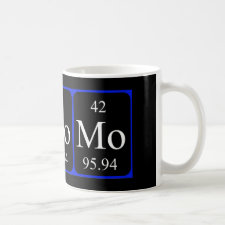
Authors: Moldoveanu S, David V
Publication date: 2015
Chapter title: Solid-Phase Extraction.
Page numbers: 191-286.
DOI: 10.1016/B978-0-444-54319-6.00007-4 Alternative URL: http://www.sciencedirect.com/science/article/pii/B9780444543196000074
Book title: Modern Sample Preparation for Chromatography
Editors: David SMV
Publisher: Elsevier
City: Amsterdam
ISBN: 978-0-444-54319-6
Abstract: Solid-phase extraction (SPE) can be used for different purposes in sample preparation, such as cleanup, analyte concentration, and analyte derivatization. This chapter discusses the main types of adsorbents and formats used in SPE, as well as the utilization modalities in various applications, such as conventional, microextraction, headspace, matrix solid-phase dispersion, stir bar sorptive extraction, and QuEChERS (from quick, easy, cheap, effective, rugged, and safe). Parameters characterizing the SPE process, such as loading capacity, breakthrough volume, recovery, and some parameters also used in chromatography such as capacity (retention) factor, are explained and formulas for their estimation are developed. Selection of sorbents in SPE practice is discussed as depending on the type of analyte and the purpose of the SPE procedure. Special materials used in SPE (molecular imprinted polymers, affinity and immunoaffinity sorbents, restricted access materials, and chelating ion exchange resins) are also discussed. Combinations of SPE with static or dynamic headspace are described for the separation of compounds from gaseous samples. Some important issues related to solid-phase microextraction (SPME) are also treated in this chapter: the basic theory of the retention of analytes on SPME fiber, optimization of this process in practice, qualitative and quantitative analysis, and automation in SPME
Template and target information: Review - solid-phase extraction
Author keywords: Affinity and immunoaffinity sorbents, Breakthrough volume, Headspace extraction, ion exchange, Matrix solid-phase dispersion, Microextraction SPE, QuEChERS, Restricted access materials, Solid-phase extraction, Solid-phase microextraction (SPME), sorbents, Stir bar sorptive extraction



Join the Society for Molecular Imprinting

New items RSS feed
Sign-up for e-mail updates:
Choose between receiving an occasional newsletter or more frequent e-mail alerts.
Click here to go to the sign-up page.
Is your name elemental or peptidic? Enter your name and find out by clicking either of the buttons below!
Other products you may like:
 MIPdatabase
MIPdatabase









